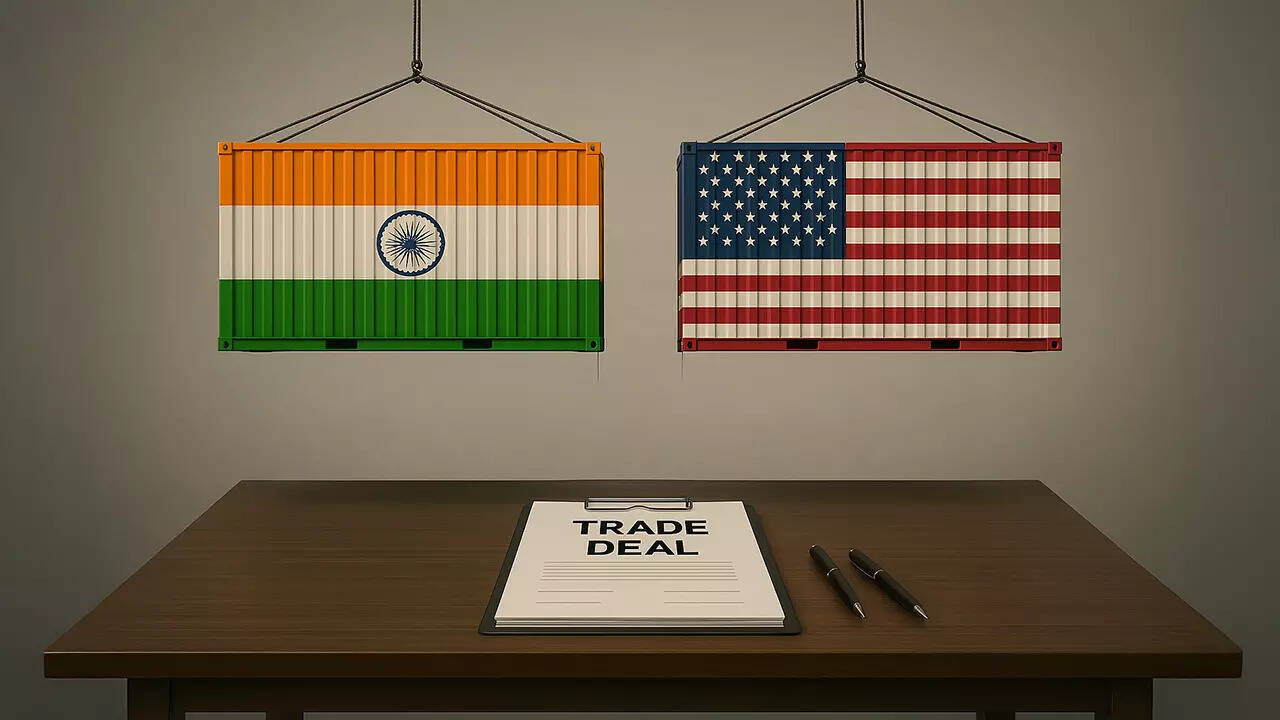India’s Quiet Climb in the US Import Landscape
The global marketplace is a constantly shifting landscape, a dynamic tapestry woven with threads of trade, policy, and consumer demand. And within this intricate weave, India is steadily carving out a more prominent space for itself in the vital US import market. While headlines might scream about geopolitical tensions or technological breakthroughs, a quieter, yet equally significant, story is unfolding: India’s persistent growth as a key supplier to American consumers.
Recent data reveals that India’s share of US imports has been inching upward, a testament to the growing competitiveness and diversification of the Indian economy. But what’s driving this subtle but significant shift? And what does it mean for businesses and consumers on both sides of the Pacific?
Decoding the Ascent: Factors Fueling India’s US Import Growth
Several factors are converging to create this favorable environment for Indian exports. Firstly, India’s manufacturing sector has undergone a significant transformation in recent years. Investments in infrastructure, coupled with a focus on improving production efficiency and quality control, have made Indian goods more attractive to US buyers. This isn’t just about low prices anymore; it’s about delivering value and reliability.
Secondly, the diversification of India’s export basket is playing a crucial role. While traditional sectors like textiles and gems & jewelry remain important, India is increasingly exporting higher-value goods such as pharmaceuticals, machinery, and electronics. This shift reflects a growing sophistication in India’s manufacturing capabilities and a move towards becoming a knowledge-based economy.

Thirdly, geopolitical factors are also at play. As companies seek to diversify their supply chains and reduce their reliance on any single source, India is emerging as a stable and reliable alternative. Its democratic governance, skilled workforce, and large domestic market make it an appealing destination for businesses looking to mitigate risk. Furthermore, the strengthening strategic partnership between the US and India is fostering a more conducive environment for trade and investment. Initiatives aimed at reducing trade barriers and promoting collaboration are further boosting India’s prospects in the US market. You can read more about US-India trade relations [here](internal-link-to-relevant-article).
Beyond the Numbers: What This Means for Businesses and Consumers
The increasing presence of Indian goods in the US market has implications for both businesses and consumers. For American businesses, it means access to a wider range of suppliers and potentially lower input costs. This can lead to increased competitiveness and profitability. However, it also requires a deeper understanding of the Indian market and the ability to navigate cultural and regulatory differences.
For consumers, it translates to more choices and potentially lower prices on a variety of goods. From clothing and home furnishings to electronics and pharmaceuticals, Indian-made products are becoming increasingly prevalent in American households.
Navigating the Challenges: Ensuring Sustainable Growth
While the outlook for Indian exports to the US is positive, challenges remain. Ensuring compliance with US regulations, maintaining product quality, and addressing environmental concerns are crucial for sustaining long-term growth. Investments in technology, innovation, and workforce development are also essential for India to maintain its competitive edge. The focus must be on enhancing productivity and producing higher-value goods that can command premium prices in the US market. Further, logistical bottlenecks and infrastructure limitations need to be addressed to facilitate smoother trade flows.
The Road Ahead: India’s Continued Rise in the US Import Market
India’s journey in the US import market is far from over. The country’s growing economy, skilled workforce, and strategic location position it for continued success. As India continues to invest in its manufacturing capabilities and deepen its trade ties with the US, we can expect to see its share of US imports continue to rise in the years to come. This ongoing trend reflects a broader shift in the global economic landscape, where India is playing an increasingly important role. The key to sustained success lies in embracing innovation, prioritizing quality, and fostering a collaborative relationship with its American partners.







